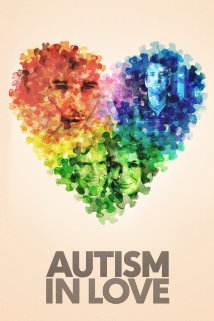by Beth Finke
School is back in session after the holidays, and things are slowly getting back to “normal” – whatever that is, right? Rather than burdening parents with a list of things to add to their to-do lists for the new year, this seems the ideal time to remind parents to avoid the traps they can fall into when raising kids with special needs.
 This “to-don’t” list originally appeared on the Friendship Circle Special Needs Resource blog by Rivka Caroline. I hope it does exactly what this guest blogger intended it to do: help parents of children with special needs breathe easier, live more calmly and feel more taken care of.
This “to-don’t” list originally appeared on the Friendship Circle Special Needs Resource blog by Rivka Caroline. I hope it does exactly what this guest blogger intended it to do: help parents of children with special needs breathe easier, live more calmly and feel more taken care of.
A ‘To-Don’t’ List For Special Needs Parents: The Classic Cheat Sheet
Caring for our children with special needs is often a full-time job, which leaves little time and energy for the wholesome nurturing of ourselves; the tired, overworked and undernourished special needs parents. I’m talking chocolate, caffeine, shopping; whatever you need to get you through the day.
As a veteran special needs mom of a 10 year old, I know that there is no shortage of items on your to do list. Therefore, I propose a list of “To- Don’ts” that hopefully will help you breathe easier, live more calmly and feel more taken care of.
Here are the five classic lessons I have learned (often the hard way) that should be on your ‘To-Don’t’ list at all times:
1. Don’t Burn the Midnight Oil
Sleep deprivation is a form of torture.
After a long day of running to therapy appointments, dealing with meltdowns, negotiating bedtime plea bargains or just being a special needs parent, it can feel like a hero’s victory when you finally reach the touchdown of a quiet house and sleeping children.
Then you want to start your day because it’s, once and for all, peaceful!
Logical? Yes! Practical? No!
Sleep deprivation is an actual form of torture and while 1:00 am may seem like the perfect time to check your email, rearrange the den or clear that pile of clutter by the front door, it’s just not a good plan. Stop that! Run yourself a relaxing bath, curl up with a good book and/or go to sleep.
If you do need to burn the midnight oil once in awhile, combine it with an afternoon nap on the following day. Just don’t do it every night, for goodness sake!
2. Don’t Make Dr. Google Your Best Friend
Googling your child’s symptoms will not empower you or give you useful tools. It will destroy your soul and give you nightmares. If you really want to network, join a Facebook support group. There is more wisdom, camaraderie and hope in these groups than you can ever dream of finding on one of those random websites.
3. Don’t Try and Be Normal Every Day
Some days you are just going to be weird.
Life is challenging enough without the added emotional load of a child with special needs. Some days you are going to rock it and some days you are going to be awkward. Your job is to constantly be aware of what ‘hat’ you are wearing so that on off days, you don’t crush your friend, your kid’s teacher or the person in front of you at Starbucks who can’t decide if he wants chocolate or cinnamon.
4. Don’t Become that Toxic Friend
Don’t become that person who has no empathy left once she becomes a mom of a child with special needs.
Yes, you may have had the equivalent of an emotional amputation, but that doesn’t mean that your friend with a different injury has no pain. On really rough days, you may not be able to access a whole bunch of empathy. You always have the right to ignore the phone and call the person back later. However, on most days, you should be able to hear a good friend’s troubles without turning into a psycho.
If you are really struggling with this issue, perhaps invest in a few therapy sessions before you ruin relationships with all those you hold dear.
5. Don’t Ignore Your Spouse
You don’t want to know the statistics of how many marriages of parents that have children with special needs fall by the wayside (don’t Google, see #2). Make sure that you schedule date night at least twice a month and the coordinate babysitting in advance.
Do not make this a family business meeting about your children. You can do that another time. Have fun, laugh, bond and connect with another. This is honestly the best gift you can give yourselves and your child with special needs.








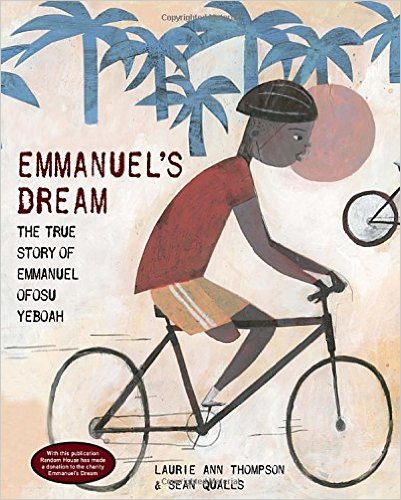
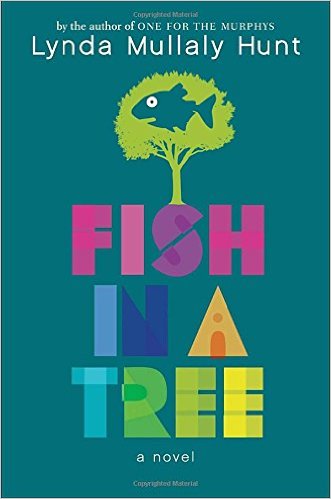
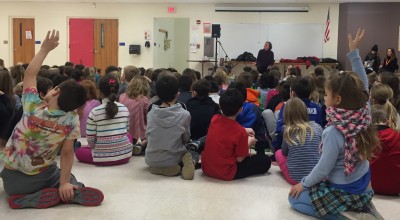
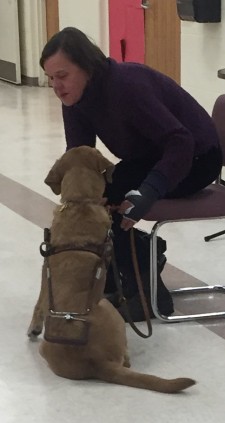
 A Disability Culture class from Chicago’s DePaul University used to take a field trip to my apartment once a semester to get a glimpse, so to speak, of what it’s like to be blind and live in a big city. The class was taught by Karen Meyer, who is deaf. She can read lips, and I learned to use a lot of gestures and always face her when we talked.
A Disability Culture class from Chicago’s DePaul University used to take a field trip to my apartment once a semester to get a glimpse, so to speak, of what it’s like to be blind and live in a big city. The class was taught by Karen Meyer, who is deaf. She can read lips, and I learned to use a lot of gestures and always face her when we talked.

